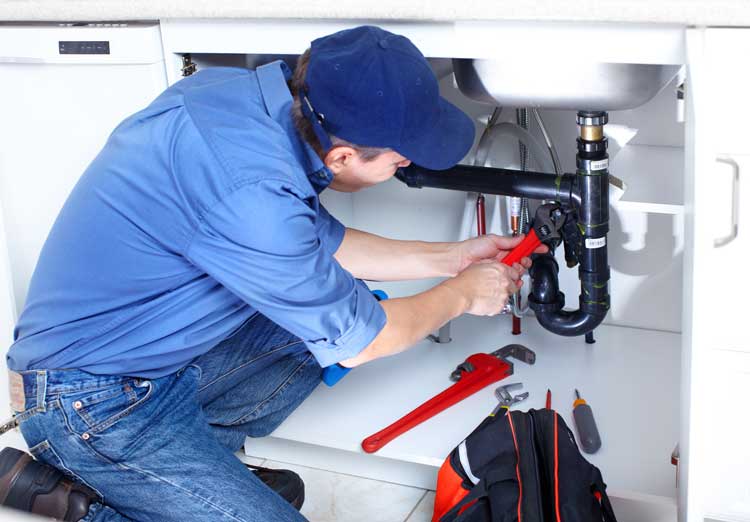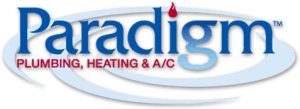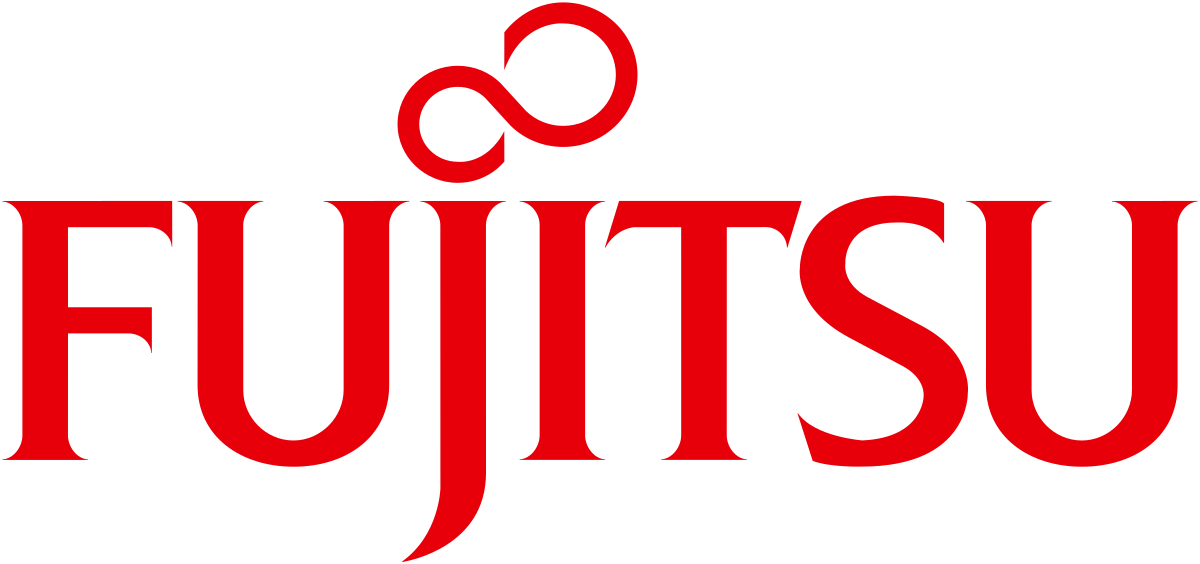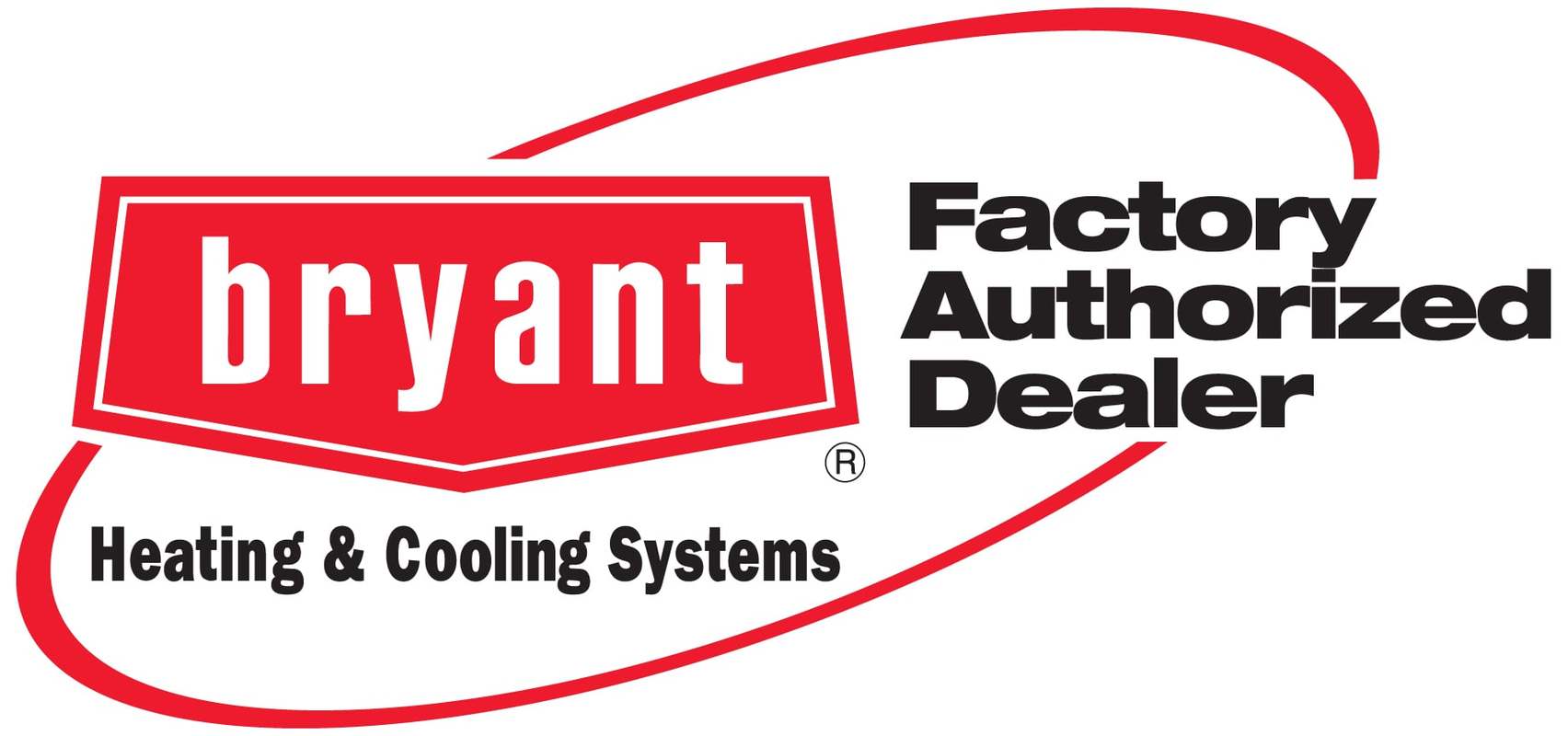Understanding UV Lighting Systems for Your Henniker Home
Indoor air quality has become increasingly important for homeowners in Henniker, NH, particularly as we spend more time indoors throughout New England’s varied seasons. UV lighting systems represent one of the most effective technologies available for improving air quality and protecting your family’s health. These specialized systems use ultraviolet light to neutralize harmful microorganisms that circulate through your HVAC system, including bacteria, viruses, mold spores, and other pathogens that can trigger allergies or respiratory issues.
AtParadigm Plumbing, we’ve been installing and servicing UV lighting systems since our founding in 2006 by Stephen (“Steve”) Labbe, who brings over 26 years of industry expertise to every installation. Our approach to UV lighting installation focuses on integrating these systems seamlessly with your existing HVAC equipment, ensuring maximum effectiveness while maintaining energy efficiency. The technology works by exposing air passing through your system to germicidal UV-C light, which damages the DNA of microorganisms and prevents them from reproducing or causing harm.
How UV Lighting Technology Protects Your Home
UV lighting systems operate on a simple yet powerful principle that has been used in medical facilities and water treatment plants for decades. When installed in your HVAC system, these lights emit UV-C radiation at a wavelength of 254 nanometers, which is optimal for destroying microorganisms. As air circulates through your heating and cooling system, it passes by the UV lamps, where pathogens are exposed to this germicidal light. The exposure disrupts the molecular bonds in their DNA, effectively neutralizing them and preventing reproduction.
The effectiveness of UV lighting extends beyond just eliminating airborne pathogens. These systems also help prevent the growth of mold and mildew on your air conditioning coils and within your ductwork. In Henniker’s humid summer months, moisture can accumulate on AC coils, creating an ideal environment for mold growth. UV lights installed near these coils continuously prevent this growth, maintaining cleaner coils that operate more efficiently and require less frequent cleaning. This proactive approach aligns with our motto “Experience the Paradigm Shift,” as we believe in providing solutions that transform how homeowners think about their indoor air quality and HVAC maintenance.
Benefits of Professional UV Lighting Installation
Installing UV lighting in your Henniker home provides numerous benefits that extend far beyond basic air purification.
- Reduced Illness and Allergies: UV lights eliminate up to 99.9% of mold, bacteria, and viruses, significantly reducing the likelihood of respiratory infections and alleviating allergy symptoms
- Improved HVAC Efficiency: By keeping coils and ductwork clean, UV lights help your system operate at peak efficiency, potentially reducing energy costs by 10-25%
- Extended Equipment Life: Clean coils and components experience less strain, leading to fewer repairs and longer equipment lifespan
- Odor Elimination: UV lights neutralize odor-causing bacteria and volatile organic compounds, maintaining fresher indoor air
- Reduced Maintenance: With continuous disinfection, your HVAC system requires less frequent professional cleaning
Professional installation ensures these benefits are fully realized. Our technicians carefully assess your specific HVAC system configuration to determine optimal lamp placement, ensuring complete coverage of coils and maximum air exposure. We consider factors such as airflow patterns, system size, and your home’s specific air quality challenges when designing your UV lighting solution.
Choosing the Right UV Lighting System
Selecting appropriate UV lighting for your home requires understanding the different types available and their specific applications. Coil-sterilizing lights are designed to be installed near your air conditioning evaporator coils, where they continuously prevent mold and bacteria growth. These lights typically operate 24/7 and are particularly beneficial in humid climates or homes with persistent mold issues. Air-sterilizing lights, on the other hand, are installed in the return air duct and designed to purify the air as it circulates through your system.
The power and number of UV lamps needed depend on several factors including your home’s square footage, the capacity of your HVAC system, and specific air quality concerns. Single-lamp systems may suffice for smaller homes or those with minimal air quality issues, while larger homes or those with family members suffering from severe allergies or respiratory conditions may benefit from multi-lamp configurations. Our experienced technicians evaluate these factors during consultation to recommend the most effective configuration for your specific needs.
Installation Process and Integration
The installation process begins with a comprehensive evaluation of your existing HVAC system. We inspect your ductwork, measure airflow rates, and identify optimal mounting locations for UV lamps. This careful planning ensures that the UV light exposure is maximized while maintaining safe operation. The actual installation typically takes between two and four hours, depending on system complexity and accessibility.
During installation, we create precise openings in your ductwork or plenum to mount the UV lamp assemblies. All electrical connections are made according to national and local codes, with dedicated circuits installed when necessary. We use high-quality mounting hardware and sealing materials to prevent air leaks and ensure long-term stability. After installation, we thoroughly test the system, verify proper operation, and provide comprehensive training on system maintenance and lamp replacement schedules.
Maintenance and Long-Term Performance
UV lighting systems require minimal maintenance, but regular attention ensures optimal performance. UV lamps gradually lose intensity over time, typically requiring replacement every 12-24 months depending on the specific model and usage patterns. We recommend scheduling annual inspections to check lamp intensity, clean lamp surfaces, and verify proper operation of all components. During these inspections, we also examine your entire HVAC system to ensure the UV lights continue to provide maximum benefit.
Regular maintenance also includes checking electrical connections, inspecting mounting hardware, and cleaning any accumulated dust from lamp surfaces. While UV lamps continue to produce visible light beyond their effective lifespan, their germicidal effectiveness diminishes significantly. We track installation dates and lamp life for all our customers, providing timely reminders when replacement is due. This proactive approach ensures your system continues to protect your family’s health without interruption.
Making the Investment in Cleaner Air
Investing in UV lighting technology represents a commitment to your family’s health and comfort. While the initial installation cost varies based on system size and complexity, the long-term benefits often outweigh the investment through reduced medical expenses, fewer sick days, and lower HVAC maintenance costs. Energy savings from improved system efficiency can also help offset the cost over time. Many homeowners in the Henniker area find that the peace of mind alone justifies the investment, knowing their indoor air is continuously purified.
For residents throughout our service area, including Manchester, Concord, Goffstown, Bedford, Hooksett, and Weare, we provide comprehensive consultations to help you understand how UV lighting can address your specific air quality concerns. Whether you’re dealing with persistent allergies, frequent respiratory infections, or simply want to ensure the cleanest possible air for your family, UV lighting offers a proven solution that integrates seamlessly with your existing HVAC system. ContactParadigm Plumbing today to learn how UV lighting can transform your indoor air quality and help you experience the paradigm shift in home comfort and health protection.












